Lighting McGill University’s New Faculty of Dentistry
Lighting for the new Faculty of Dentistry at McGill University in Montreal holds a leading role in the architectural concept for the project…
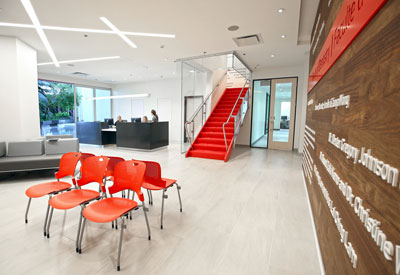
Lighting for the new Faculty of Dentistry at McGill University in Montreal holds a leading role in the architectural concept for the project…

The retrofit and relight business is in full swing today. A variety of new LED replacement luminaires, retrofit/conversion kits and lamps are available from a variety of manufacturers, and whether we are talking about a T12 to T8 fluorescent conversion or fluorescent to LED, the economic value proposition and project mechanics are well understood.

When you’re having trouble sleeping, light is the last thing you assume you need. But according to a pilot study attempting to solve insomnia among lung cancer patients led by University at Buffalo sleep researcher Grace Dean, light may just be the answer…
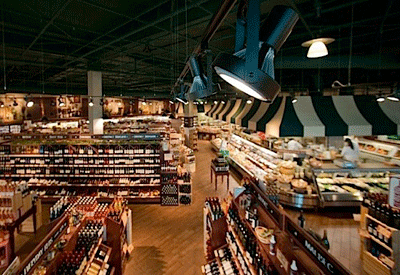
The lighting market continued the move toward LED technology in 2014. LED lamp revenues in 2013 were 25% of total global lamp revenues, growing to 30% in 2014 and forecast to reach 67% in 2022…
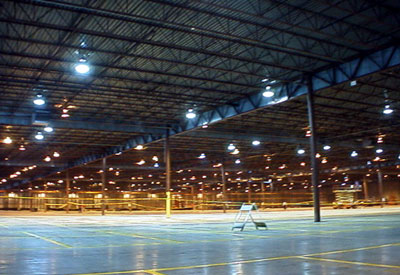
There is no place for poor lighting in warehouses or distribution centres. These facilities support a variety of important tasks from picking and packaging to shipping and receiving, light assembly and even office work…
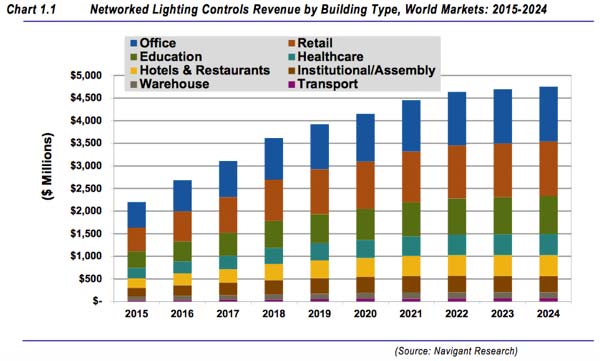
In the midst of the ongoing transformation from previously dominant fluorescent lighting to more efficient and flexible LED lighting, the market for lighting controls has expanded broadly.

There is no place for poor lighting in warehouses or distribution centres.
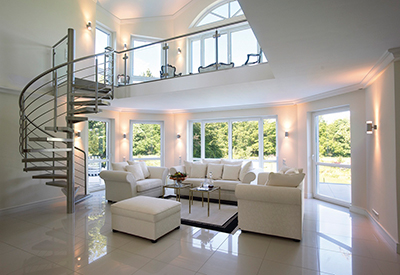
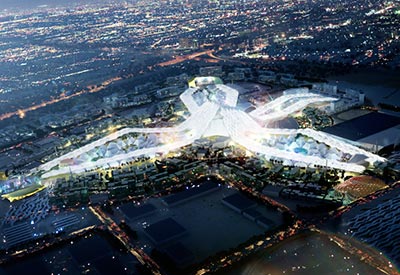
As previously seen, a contextual analysis establishes the repertoire and hierarchy of the elements of composition among roads, open spaces, buildings. The analysis also helps to establish

What does anyone expect out of a wireless lighting control system or any lighting control system? Certainly the basics of occupancy/vacancy control, daylight harvesting and scheduling are required. Energy savings are also necessary, or why else do you install a control system. Worry free operation needs to be the norm for any system.

Research by scientists at The University of Manchester has revealed that the colour of light has a major impact on how our body clock measures the time of day.It’s the first time the impact of colour has been tested, and demonstrates that colour provides a more reliable way of telling the time than measuring brightness.
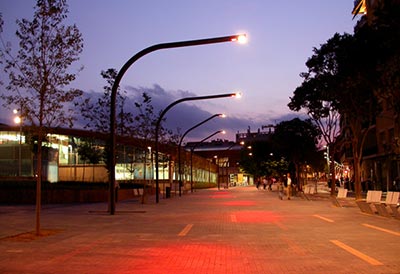
Analyzing the context is the first step in establishing a lighting plan on a site. The context is of course first the site’s physical environment, its morphology: the location of the site on a promontory or in a valley, its alignment flush with or indented from the street, its proximity to a body of water or a large park..
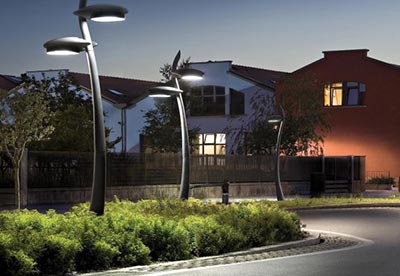
In recent years we have become committed to making our cities pleasant and friendly places to live. We do this by remaking public spaces so that urban life becomes more humane, more safe, and more comfortable.
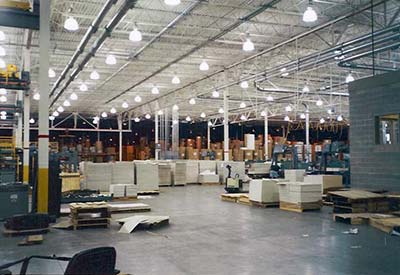
Most distributors are perceived as demand fulfillers, waiting for a customer to generate an order, be it from a contractor or an MRO opportunity. Few have mastered the skill of creating demand while also fulfilling customer needs. Typically, these few have added sales specialists (automation, lighting or vertical market focused). These companies are considered the innovators and entities that can drive profitable growth for themselves.
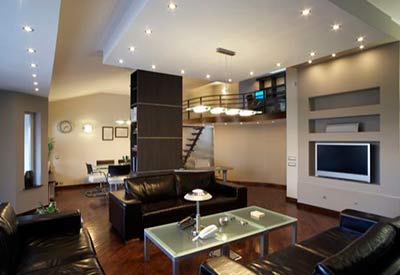

This project is funded [in part] by the Government of Canada.
Ce projet est financé [en partie] par le gouvernement du Canada.
